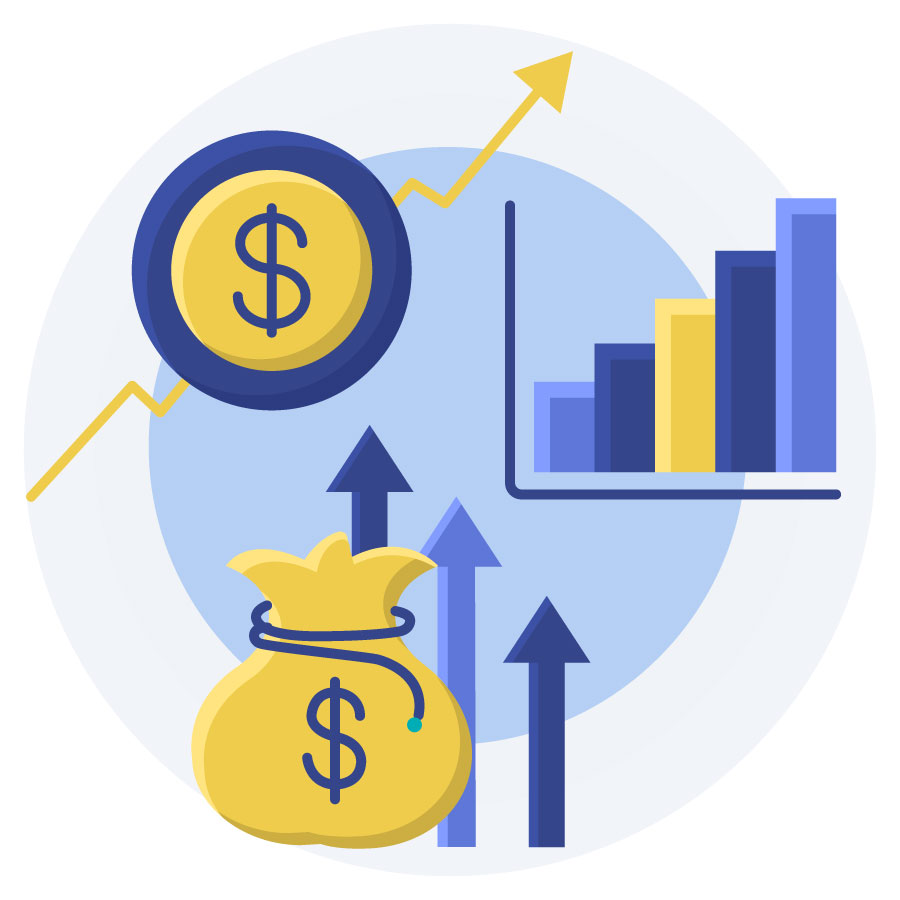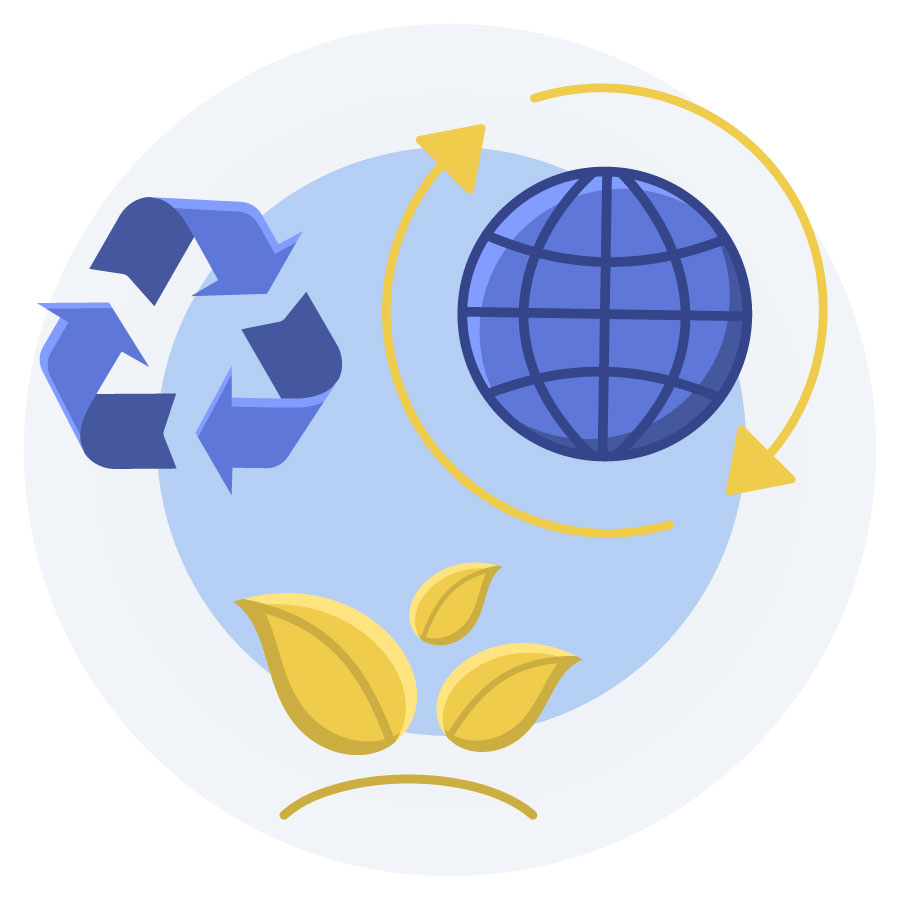The Triple Bottom Line

namtipStudio / Shutterstock

“The natural capital remains intact… the extraction of renewable resources should not exceed the rate at which they are renewed”, in addition, waste should not exceed the absorption capacity of the earth, “non-renewable resources should be minimized” (Sahota, 2014, p. 2).

The “cohesion of society” and working towards a common goal where individual needs such as food, shelter, health, well-being, nutrition, education and cultural expression must be met (Sahota, 2014, p. 2). Within education, inclusion and diversity is valuable to enhance learning, enabling a ‘big picture’ view (i.e., Atkas, 2015; Groulx et al., 2020; Martinez-Buján et al., 2020; Savage et al., 2015; Stephens et al., 2008) as well as to foster a sense of belonging towards change and increase engagement in learning.

Is when development towards the other two pillars, the environment and social sustainability is “financially feasible” (Sahota, 2014, p. 2). In addition to further development of financial literacy, knowledge and creating opportunities to reflect the survival needs of this generation and next generation.